To ‘move quickly and easily’ has always been the main motto of web designer. As design and development are two separate processes, the designer always had to start the development only after the completion of design, research, wireframe and the different strategies? It was undoubtedly time consuming. Although with the advent of responsive web design and its ability to build websites across multiple devices, however, it was incompatible with the design process. So is there any concrete solution to this?
Well, yes there is a solution. With the AGILE design approach, it is easier for the web designer to test ideas and make decisions in the mobile environment. The agile approach has accomplished the motto of ‘moving quickly and easily’ for the designers. It is a process that allows a web designer to work quickly with the development process and easily adapts to new technologies. At times, you might have been a victim of a demanding manager who wants tasks to be completed with a wink of an eye. Such a situation demands a super-fast technology to help you achieve your target. So, nothing can be better than the agile development method which is changing the entire software development world.
The important question that arises is ‘Does the agile method add any value to the designing community?’ the answer is yes, it does in the following ways:
As agile demand planning, it acquires the attitude of ‘to get things done’ in order to ship a Minimum Viable Product. This approach minimizes the amount of documentation from planning to the post-ship analysis.
As there are certain straight paths in agile, it enables iterations so that designers and clients or beta users can test different elements of the Minimum Viable Product as it is developed and alter the course if required.
Agile method is a mean for creating interactions between the designers and the customers as it employs several techniques, processes and tools.
However, along with its unparalleled value, the designing industry has also identified the way how agile is a boon to the creative process.
In real time, agile is the technique for a team to deliver tasks much faster as required by the clients with minimum risk and maximum efficiency. Working with agile define the overall conceptual solution to the client. It helps the designer to determine a high level scope with their client.
Most importantly, agile breaks a particular work into different components and develop a map with the client to deliver tasks over a period of two or four week reiteration. Not only this, it takes work as planned for its first iteration and determine all the requirements, estimation and solution with the designer and the client in details. When the iteration process starts, the designing team takes each feature and:
- Define the acceptance tests and other requirements to the client
- Design the solution and review it
- Develop the features
- Fixes any issues as arise with the client
At the end of iteration, the designers review the process and outcomes with the client and agree on the approach and priorities for the next iteration. Once the time is agreed, the designing team stops on time and budget to deliver the imperative things to the clients.
As you can see, agile process has strategies to assist web designers deliver their work successfully. But the question is HOW? To find your answer, take a look at the following and see how they are applied to the designing world.
Strategy 1:
Recurrent Iteration:
This technique involves the designing team to break tasks into a series of smaller tasks and deliverables, positioned in the groups of backlog, in production, in the process and in the review, so that both the designer and the client can frequently re-prioritize and re-evaluate. In order to embrace this strategy, it is important to adopt an attitude of inviting changes as required.
Strategy 2:
Constant Integration:
The more frequent iteration is, the more significant it is to do constant integration. It means, participating, running and testing code once a day to ensure that everything is aligned properly. This continuous integration is essential for the designing team and is also a chance for those who are evolving a greater sense of a project’s overall course to guide the project’s all-inclusive vision.
Strategy 3:
Continuous Communication with the Clients:
Agile technique is appropriate for the most difficult and average clients, who find it really challenging to make any decision. With agile, the client can re-prioritize and test along with the design team, thus allowing designers to get a better view of what exactly their client needs. However, this is possible only if there is a continuous interaction between the client and the team.
Gone are the days when every design detail consumes incalculable times. As technology is unpredictable and we need to produce quick results, today’s designers are much keener to adopt agile design method to deliver work more proficiently.









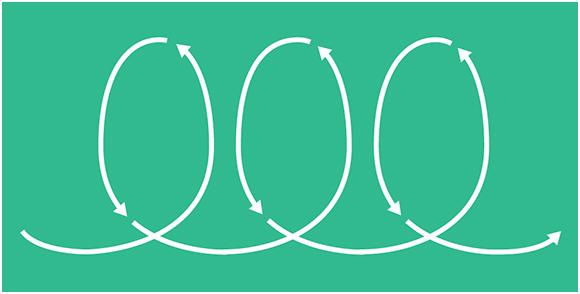
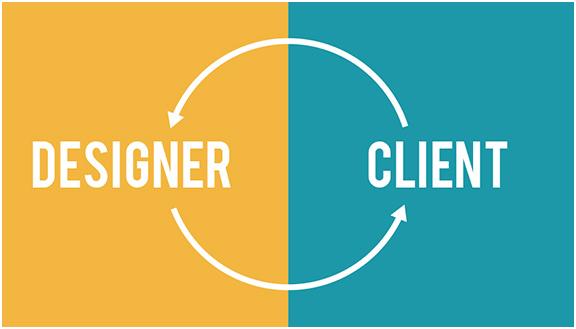
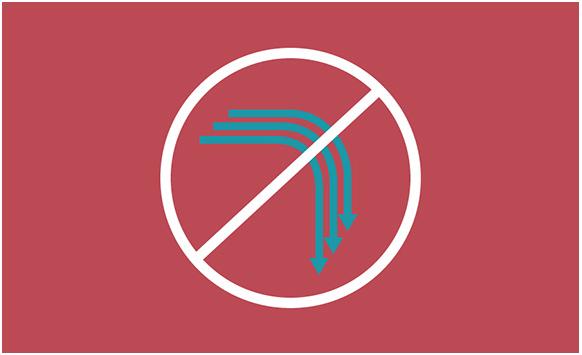

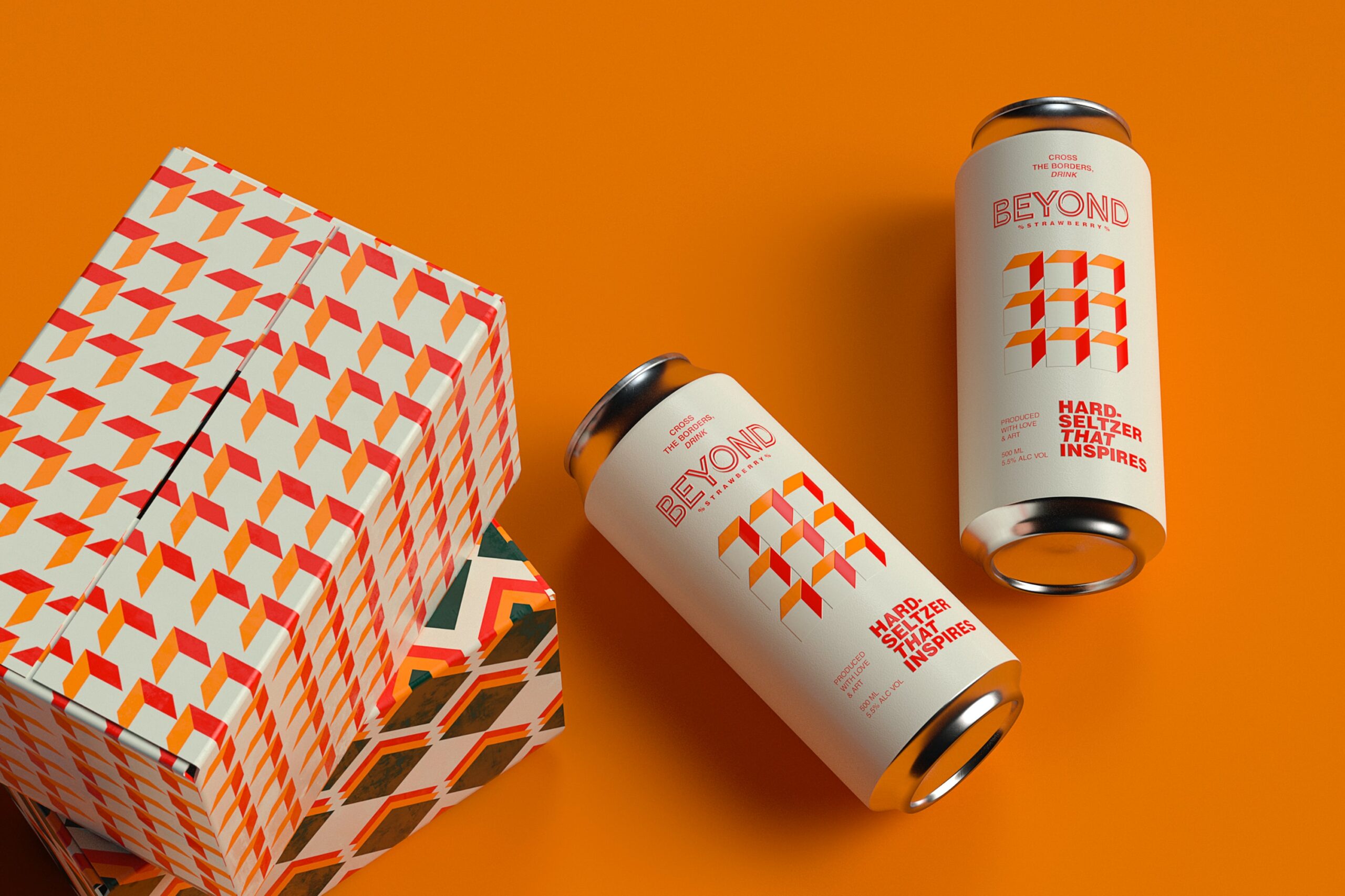

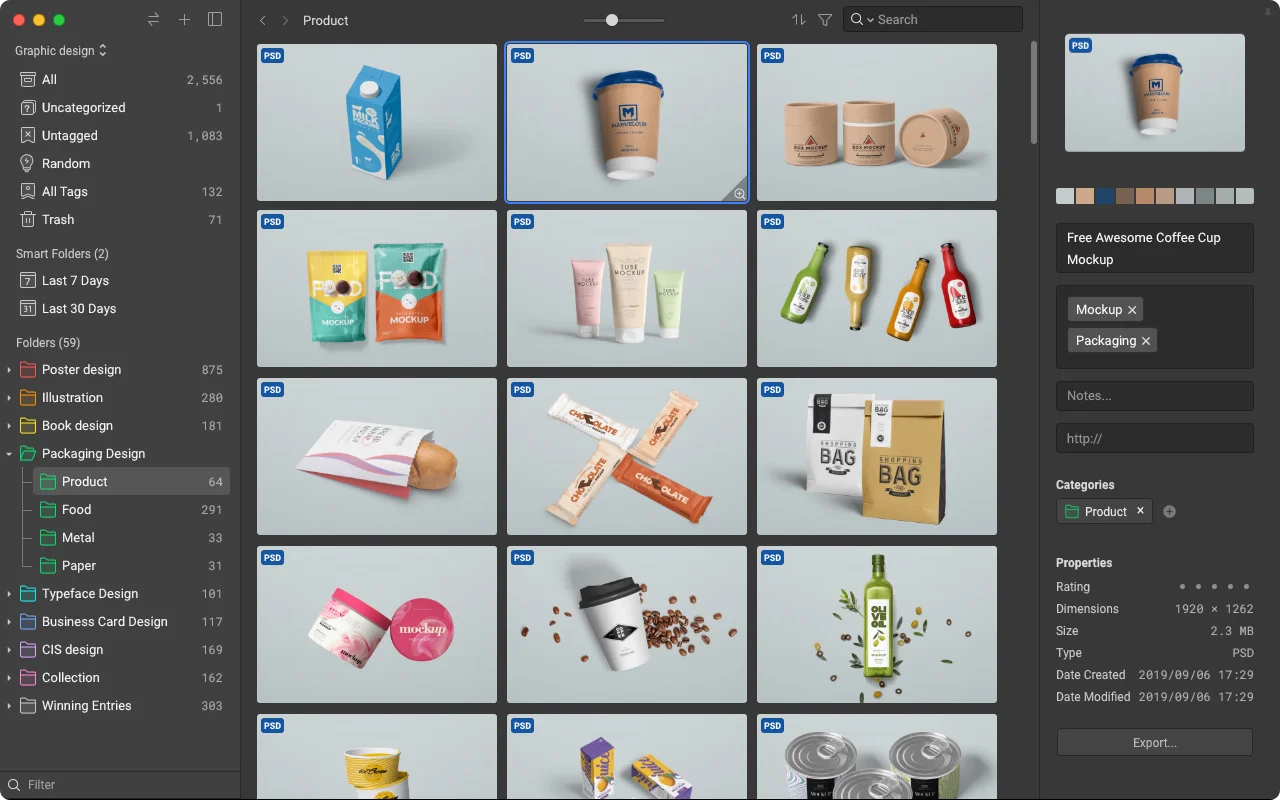
Add Comment